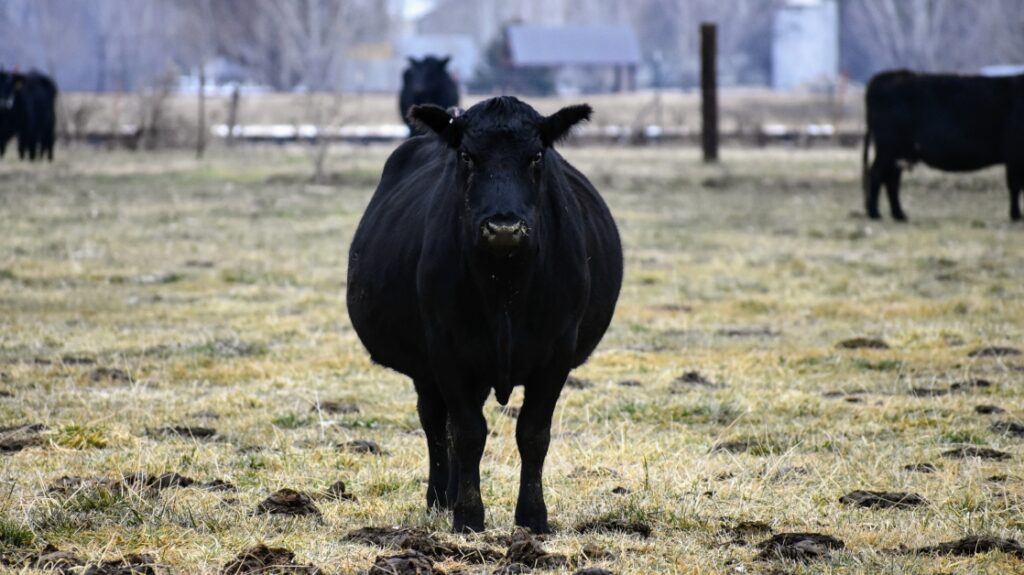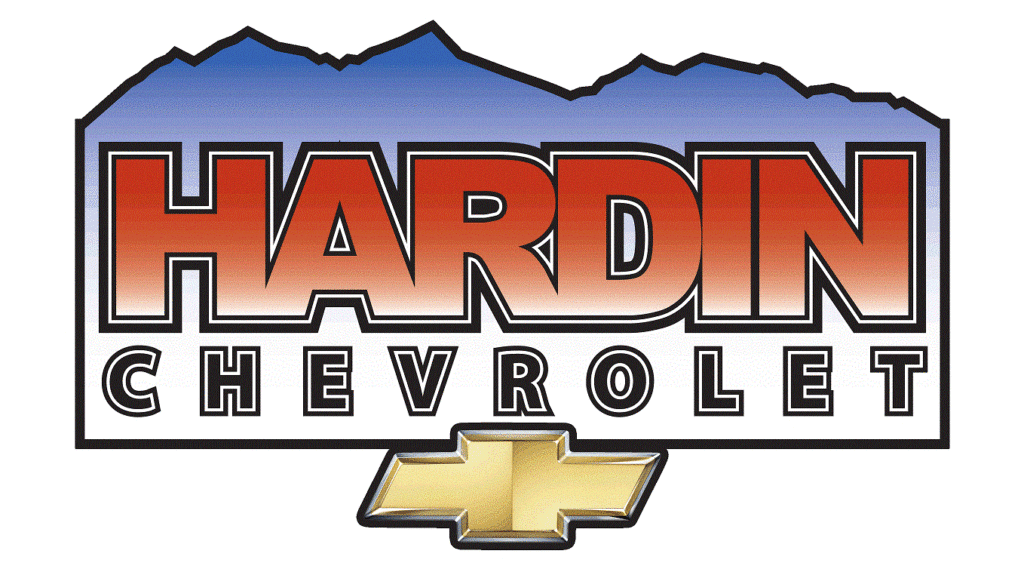By: Janna Block, Ph.D., Beef Nutritionist, Hubbard Feeds
The last trimester of gestation has a major influence on the future reproductive performance of the cow, as well as the performance of her newborn calf. The start of the late gestation period is the last opportunity to economically improve the animals’ condition and ensure that the nutrient requirements are being met for both the cow and the developing calf.
Body condition scoring is a reliable method for evaluating the nutritional status of the cow herd. A visual body condition scoring scale uses scores from 1 to 9, with 1 being emaciated and 9 considered obese. The body condition score (BCS) at calving is one of the best indicators of an animal’s subsequent reproductive performance. Achieving target body condition scores of 5 for mature cows and 6 for first- or second-calf heifers at calving is important, as it helps ensure that cows have adequate energy reserves to recover from calving. Research has shown that only around 67% of cows in poor body condition at calving (i.e., BCS ≤ 4) will resume normal estrus cycles within 90 days of calving, resulting in extended calving intervals. Additionally, the overall conception rates are often lower for thinner cows.
Assessing a cow’s BCS at the beginning of the third trimester allows for changes to be made to the diet if the cow is thin. Between 80 to 90 lbs. of body weight is needed to change the condition score one point. So a heifer in a condition score of 4, for instance, would need to gain around 170 lbs. to reach a BCS of 6. The sooner changes to the nutrition program are initiated, the more likely those improvements are to be achieved.
It is also important to remember that around 1.25 lbs./day of body weight gain is needed just to support fetal and tissue growth without losing condition in late gestation. This means that around 100 lbs. would need to be added to any desired body condition increase to determine the overall goal weight; for example, the heifer in the example above would have to gain 270 lbs. in the last 90 days before calving, or 3 lbs./day. The Crystalyx Beef Cow BCS App — which is available on iPhone and Android platforms — provides reference photos for each condition score and allows producers to enter photos and track body condition by pasture group.
Ensuring adequate nutrition in late gestation is not just about the cow: Over 70% of fetal growth occurs during the third trimester, particularly in the last 45 to 60 days before calving. There is increasing scientific evidence that the nutritional management of the dam during pregnancy influences the health, growth and performance of the developing calf throughout its entire lifetime. This area of research is known as fetal or developmental programming.
Inadequate nutrition in late gestation may have negative impacts on the calf’s fetal muscle and adipose tissue, which could ultimately reduce their feedlot performance and even carcass quality. The initial development of fetal organs — such as the pancreas, liver, lungs, brain and kidneys — begins within the first month of gestation, and these organs continue to mature in late gestation. Environmental stressors, such as poor nutrition of the dam, may impact development and have consequences on the organ structure and functions of her offspring later in their lives. In addition, female calves develop their lifetime supply of oocytes (or eggs) during gestation, meaning that maternal nutrition during critical timepoints may influence the calf’s lifetime reproductive potential.
Fetal tissues tend to take priority over the dam’s tissues if the nutrient deficiency is low to moderate, and the maternal body reserves may be used to nourish the fetus. However, severe deficiencies may result in abortion, malformations, weak calves and negative impacts on colostrum quality and quantity. Brown fat accumulation in the calf may also be reduced, which limits the calf’s ability to generate body heat and increases its risk for hypothermia, respiratory issues and scours.
In addition to major nutrients like protein and energy, it is important to make sure that the animals’ vitamin and trace mineral needs are met. Cows’ milk is extremely low in trace minerals such as copper and zinc, so properly supplementing the dam is necessary to help build up the mineral reserves in the liver of the developing calf. These stores will be used to boost the health and immune functions of calves for the first few months of their lives, until they begin consuming minerals on their own. Fat-soluble vitamins, such as vitamins A and E, are passed to the calf through colostrum — but the amount of these vitamins in the colostrum may be inadequate in conjunction with drought-stressed and/or stored forages. Vitamin A deficiencies can result in abortions, stillbirths and weak calves, while vitamin E deficiency can contribute to retained placentas and increased incidences of mastitis.
Research has shown that supplementing with organic minerals can positively impact pregnancy rates and weaning weights. In addition, some studies have reported inter-generational effects from organic mineral supplementation. For example, a recent two-year study demonstrated that heifer calves born to cows receiving organic minerals in the last trimester of gestation reached puberty and conceived earlier than their counterparts whose dams received inorganic minerals.
Hubbard’s Blueprint® mineral line, which contains 100% organic Alltech Bioplex® mineral sources, is available as a loose mineral, in pellet form or as included in Crystalyx® self-fed supplements. In addition to our mineral solutions, Hubbard Feeds offers a variety of feed options to help maintain or increase cow condition in late gestation — including hand-fed supplements, such as rangeland cakes, or self-fed options, like liquid supplements or Crystalyx® offerings such as Blueprint® Omega® and Crystalyx® Brigade®.
Reach out to your local feed dealer or Hubbard Feeds representative to help evaluate your nutritional program and get your cowherd on the right track for a successful calving season.











